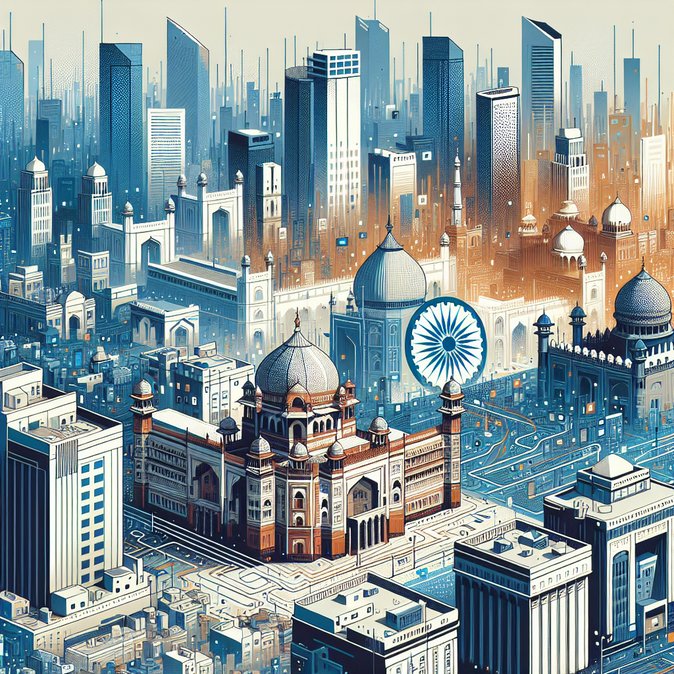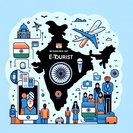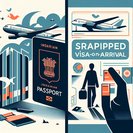
An American investor’s viral social-media post describing India’s e-Visa portal as “comically, profoundly, embarrassingly broken” has sparked fresh debate about the platform’s usability just as inbound tourism ramps up. In screenshots shared on 27 November, Raymond Russell showed the application site randomly displaying a list of India’s tallest mountains mid-form and rejecting payments from foreign credit cards.
The post garnered over 1 million views within hours, prompting hundreds of travellers—both tourists and business executives—to share similar frustrations ranging from CAPTCHA loops to mandatory 10-year travel histories. The Bureau of Immigration said it is ‘investigating isolated glitches’ and reminded users to access the site via updated browsers.
![‘Comically broken’: Viral complaint reignites scrutiny of India’s e-Visa portal]()
Industry implications: travel agents warn that usability woes could blunt India’s push to attract 15 million foreign tourists by 2026. Corporates relying on the e-Business visa likewise report delays, with some executives opting for the more expensive paper visa via consulates. Tech experts note the portal, built in 2014, still relies on outdated JavaScript libraries and single-gateway payment connectors, making it prone to crashes under peak loads.
The government last upgraded the backend in early 2024 but has yet to overhaul the user interface. A tender for a next-generation visa platform—promising multilingual support and mobile optimisation—has been pending with the National Informatics Centre since July. Until then, mobility managers should factor extra time for e-Visa filing and consider contingency paper applications for high-stakes business travel.
The post garnered over 1 million views within hours, prompting hundreds of travellers—both tourists and business executives—to share similar frustrations ranging from CAPTCHA loops to mandatory 10-year travel histories. The Bureau of Immigration said it is ‘investigating isolated glitches’ and reminded users to access the site via updated browsers.

Industry implications: travel agents warn that usability woes could blunt India’s push to attract 15 million foreign tourists by 2026. Corporates relying on the e-Business visa likewise report delays, with some executives opting for the more expensive paper visa via consulates. Tech experts note the portal, built in 2014, still relies on outdated JavaScript libraries and single-gateway payment connectors, making it prone to crashes under peak loads.
The government last upgraded the backend in early 2024 but has yet to overhaul the user interface. A tender for a next-generation visa platform—promising multilingual support and mobile optimisation—has been pending with the National Informatics Centre since July. Until then, mobility managers should factor extra time for e-Visa filing and consider contingency paper applications for high-stakes business travel.











